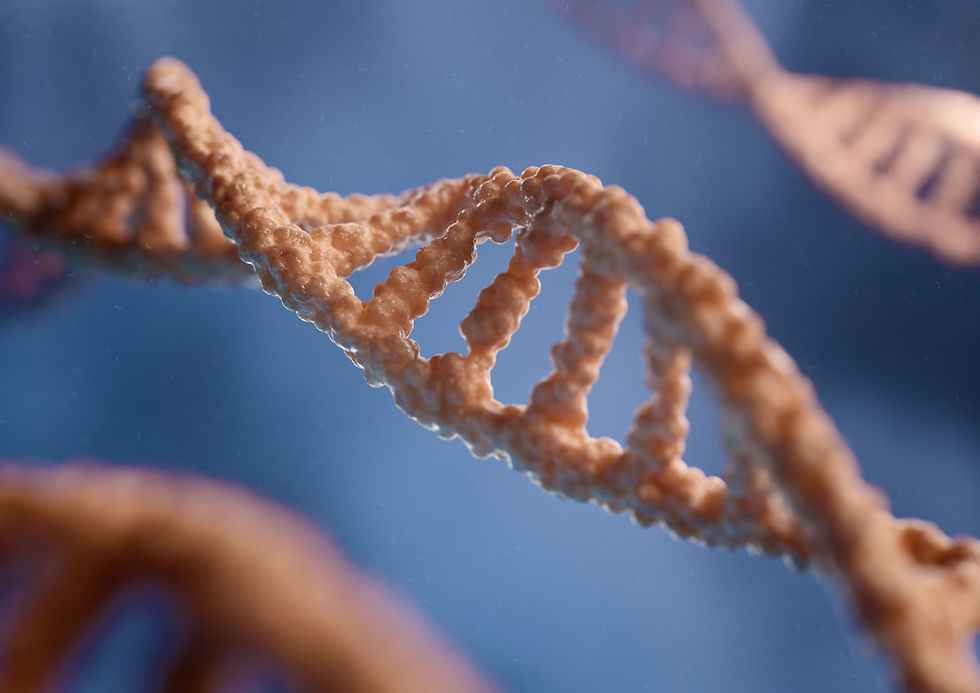Dr. Libero Oropallo. MD. Geneticist

The double helix of DNA
Genomes are made of DNA, an extremely large molecule that looks like a long, twisted ladder. This is the iconic DNA double helix you may have seen in textbooks or advertisements.
DNA is read as a code. This code is made up of four types of chemical building blocks: adenine, thymine, cytosine, and guanine, abbreviated as A, T, C, and G. The order of the letters in this code allows DNA to function in different ways. The code changes slightly from person to person to help make you who you are.

What is my genome like?
If all the DNA in a single human cell were stretched end to end, it would form a six-foot-long strand composed of a code of six billion letters. It's hard to imagine how so much DNA can be packed into a cell's nucleus, which is so small it can only be seen with a specialized microscope. The secret lies in the highly structured and densely packed nature of the genome.

Your genome is the operating manual that contains all the instructions that helped you grow from a single cell to the person you are today. It guides your growth, helps your organs do their jobs, and repairs itself when damaged. And it's unique to you. The more you know about your genome and how it works, the more you'll understand your own health and make informed health decisions.

Genome is a fancy word for all your DNA. From potatoes to puppies, every living organism has its own genome. Each genome contains the information needed to build and maintain that organism throughout its life.
What is a genome?


Genome Analysis
+ Genome



Genome Analysis
The Genome
Analyzing your entire genome means deeply exploring the 23,000 genes that make up your DNA. This exhaustive genetic study unlocks crucial secrets for your diagnosis, revealing previously hidden mutations, predispositions, and health risks. With this precise information, you can obtain clear answers about current or future symptoms and diseases, guiding effective and personalized treatments and preventing conditions early. This advanced analysis is key to optimizing your well-being from the depths of your biology.
How does my genome work?
A gene is a segment of DNA that provides a cell with instructions for making a specific protein, which then performs a particular function in the body. Nearly all humans have the same genes arranged in roughly the same order, and more than 99.9% of their DNA sequence is identical to that of any other human.
Still, we're all different. On average, a human gene will have 1-3 letters that differ from person to person. These differences are enough to change a protein's shape and function—how much protein is made, when it's made, or where it's manufactured. They affect the color of your eyes, hair, and skin. More importantly, variations in your genome also influence your risk of developing diseases and your responses to medications.
